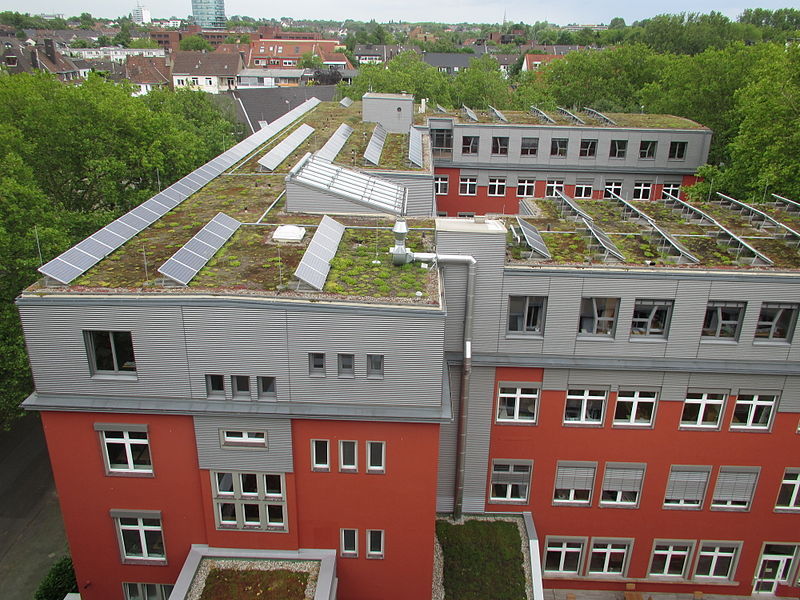Glorious Green Roofs
Renewable Future
France, the epicenter of style and fashion, has recently dealt a blow to the detractors of solar panels and green roofs by passing legislation that will require all new commercial buildings to feature green roofs. New buildings constructed in French commercial zones will have to be partially covered by either living foliage or solar panels, […]
